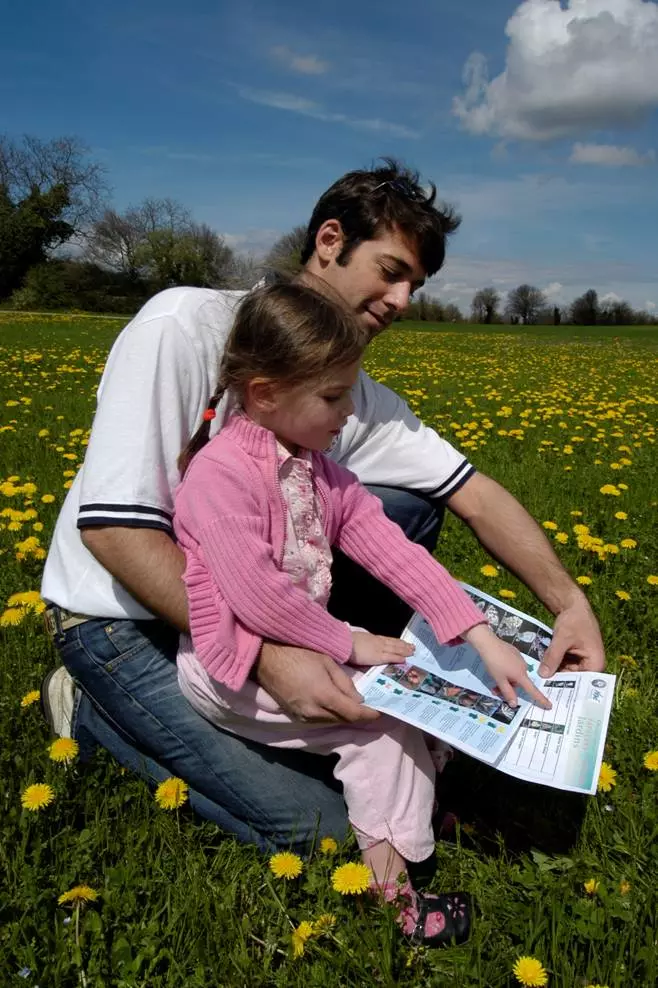
Environment and Biodiversity
Place
France
Sponsor
Fabienne Degarne
Grant(s)
90,000 € over 3 years to the Selection Committee at 2005/12/06
Project leader
Noé Conservation
« This project involves each and every one of us, in our everyday world, to help protect ecosystems. Its unique approach is in combining a nature conservation project at the grassroots level with a drive to bring about awareness and so change behavior. »
Fabienne Degarne
The conservation of biodiversity is not solely the domain of specialists. All amateur gardeners - there are around 13 million in France - can, at their own level, help protect the flora and small fauna that beautify their everyday by saving water and power, using environmentally-friendly products, and composting household waste. The challenge is a major one, given that gardens in France cover more then one million hectares, or around 2% of the country's surface area.
To generate as much public awareness as possible of this major issue and, above all, to convince people to adopt good environmental practices, the Noé Conservation association intends using charming little ambassadors to get its message across: butterflies.
New indicators to monitor biodiversity
The life of butterflies, as charming as they are important ecologically, also provides precious indicators about the health of ecosystems. The Papillons & Jardin program will introduce an "integrated program" developed by Noé Conservation. The principle is based on coupling conservation actions on the ground with efforts to change behavior by associating a threatened group of species with its environment, close to the public's heart: garden, forest, river, etc.
Created in 2001, the Noé Conservation association has set itself the target of slowing the deterioration of biodiversity within French-speaking countries. For this ambitious program, with a budget of 330,000 euros over three years, it is relying on the assistance of the Muséum national d'histoire naturelle (Natural History Museum in Paris) to establish a public observatory of butterflies in gardens, through a website with direct data input by amateur gardeners. At the same time, the distribution of specific guides and educational material will help encourage eco-citizen gardening. Two complementary aspects of a sustainable development project firmly rooted in the everyday, with support from the Veolia foundation alongside distributor Gamm Vert and the Nicolas Hulot Foundation.
More than 15 000 amateur gardeners-scientists
Butterflies and Gardens, the first "participative science" program launched by Noé Conservation, has met with considerable success, a token of the public's interest in safeguarding biodiversity. More than 15 000 gardeners-scientists have registered and, camera at the ready, track the Moro-Sphinx and the great night peacock. Noé Conservation publishes a monthly e-newsletter for their perusal, where they learn to recognize some of the butterflies that flutter through their gardens, and where they simultaneously receive useful hints for "ecological" gardening.

